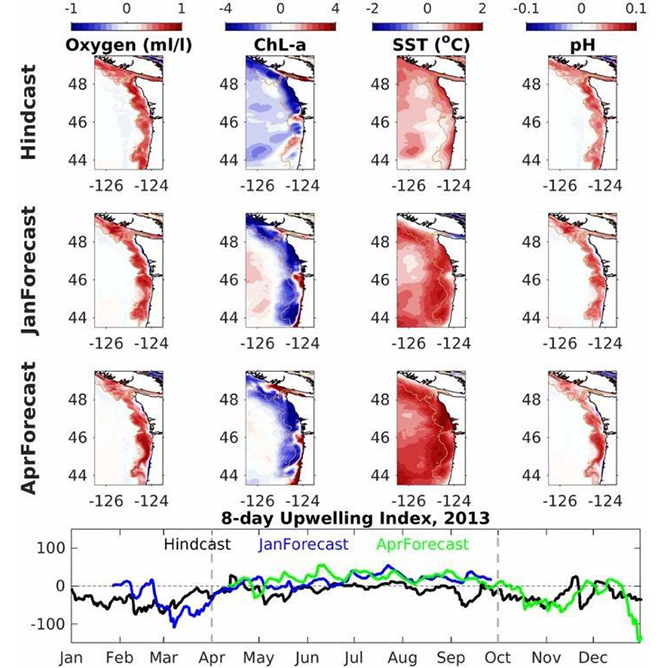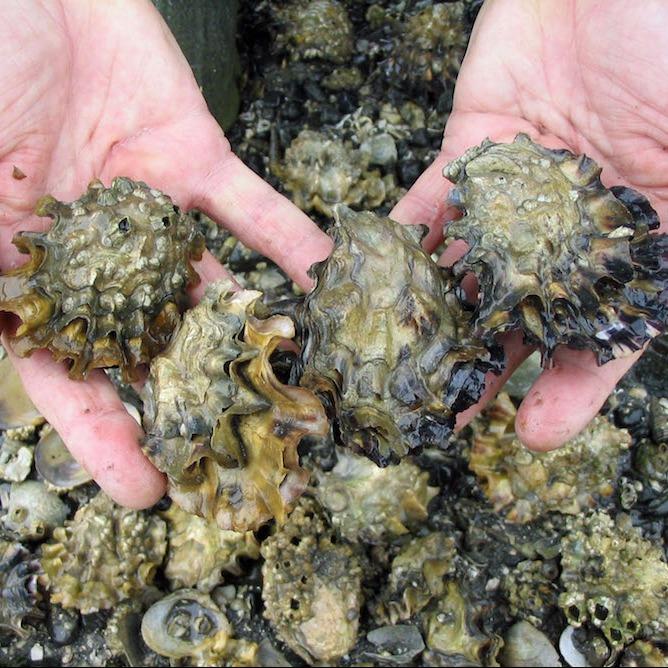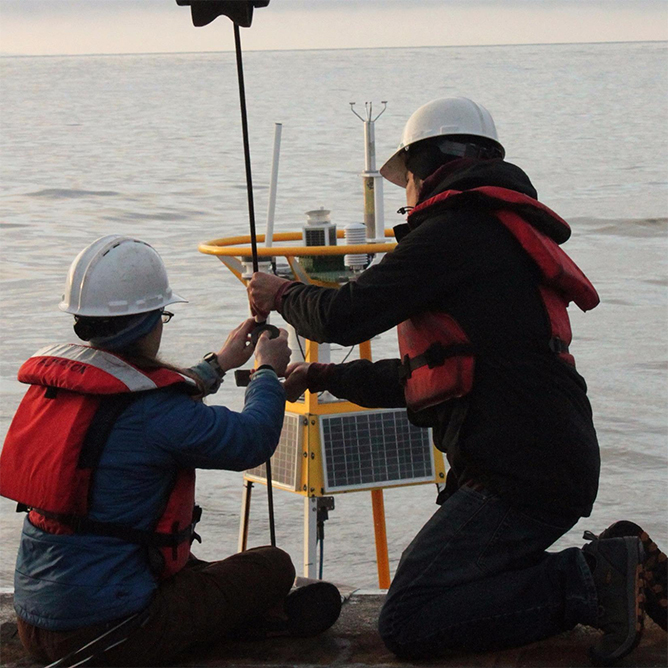Oceanographer
The Joint Institute for Marine and Atmospheric Research (JIMAR) is currently recruiting an Oceanographer within the NOAA Pacific Islands Fisheries Science Center, Ecosystem Sciences Division based in Honolulu, Hawaii. As a part of a team of researchers in the Ecosystem Sciences Division, the Oceanographer will assess ecological impacts to the






